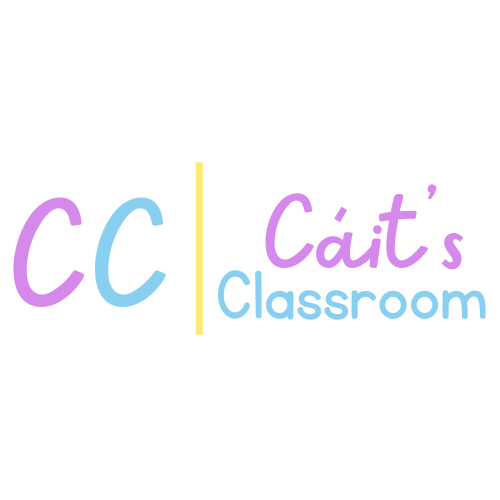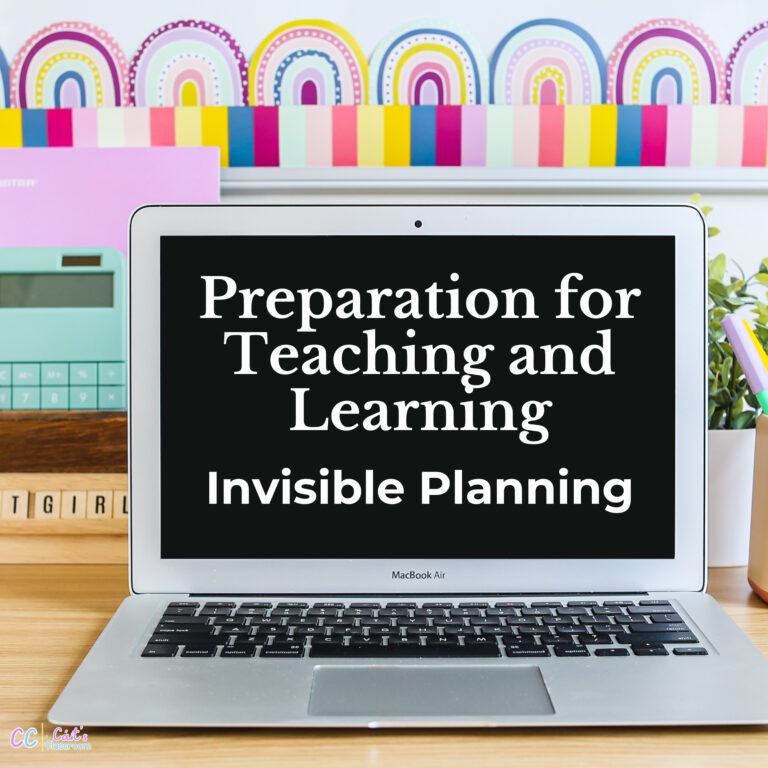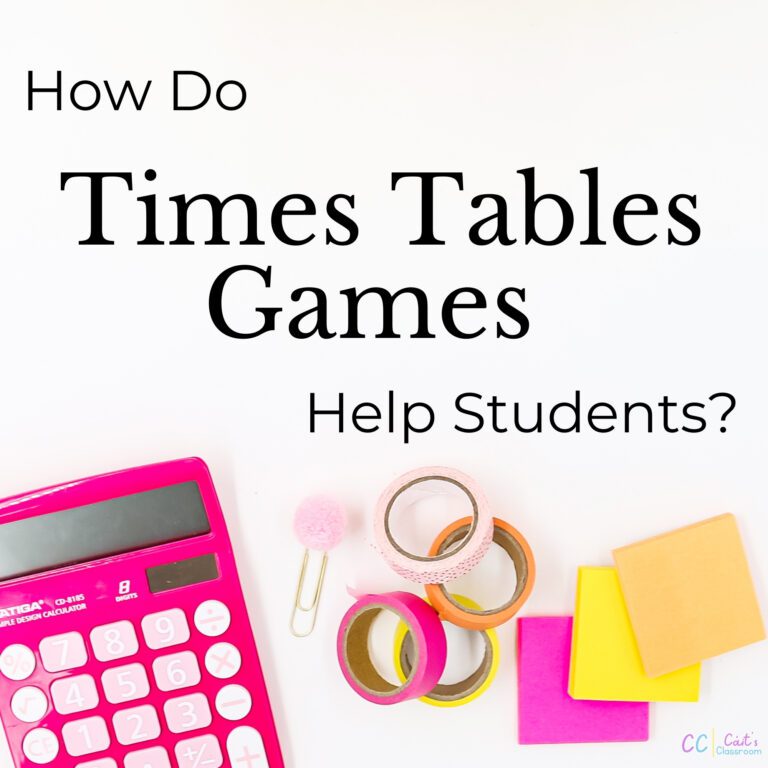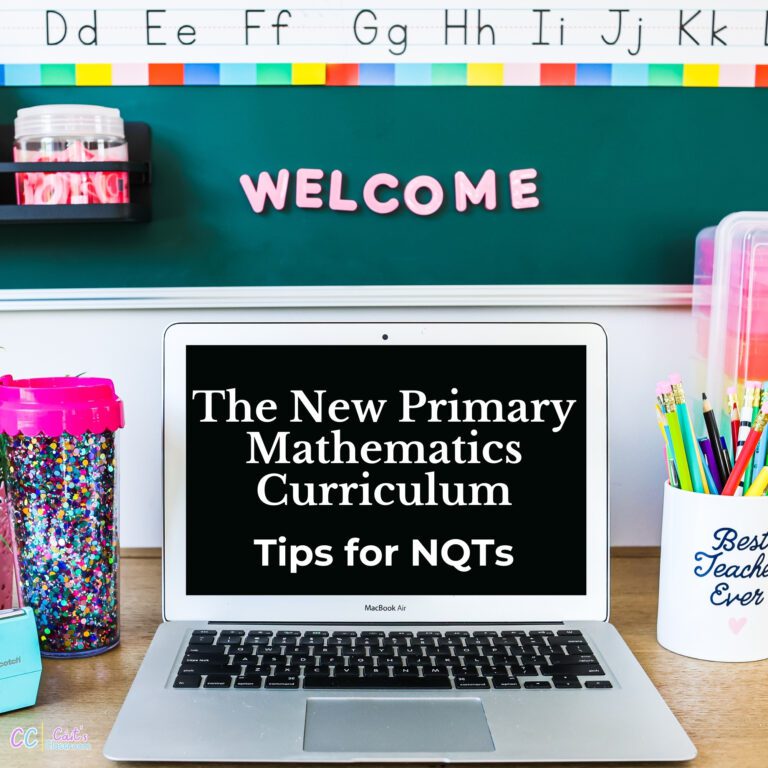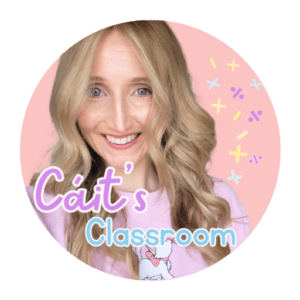As we gear up for the new school year, it’s essential to find engaging ways to start the day with your students. A well-planned and dynamic morning routine can set a positive tone for the rest of the day, foster a sense of community, and create a stimulating learning environment. An engaging morning routine helps capture students’ attention and enthusiasm right from the start, making them more receptive to learning and more likely to participate actively throughout the day.
This is particularly important in subjects like maths, where early engagement can boost confidence and interest. One effective approach is to focus on “maths talk” as part of your morning routine. Encouraging students to discuss and think about maths can significantly enhance their understanding and enthusiasm for the subject. Before we jump in to my top tips to improve your morning routine, let’s chat some more about the importance of maths talk.
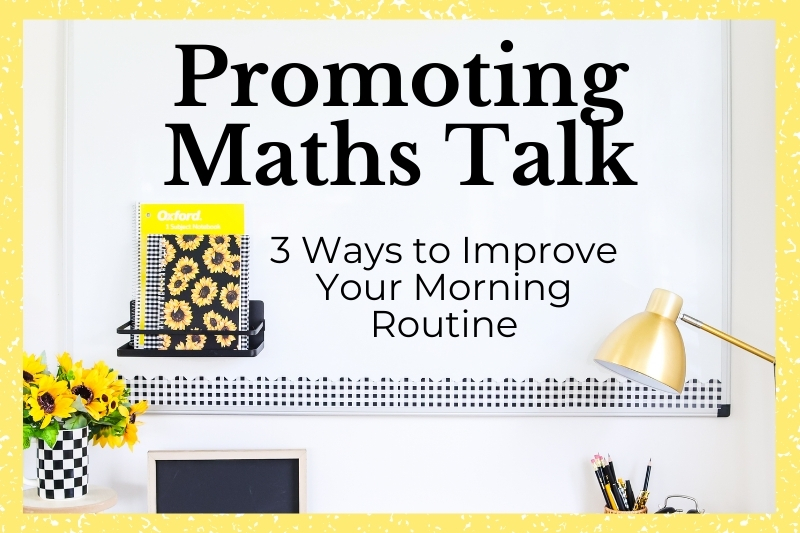
The Importance of Maths Talk
Engaging in maths talk in the mornings before formal lessons begin is a powerful way to kick off the school day. Starting the day with a maths-focused discussion warms up students’ brains for mathematical thinking, setting a positive tone for the lesson ahead. This pre-lesson chat can be used to revisit previously learned concepts, introduce new vocabulary, or solve a quick problem, which helps activate prior knowledge and makes students more receptive to new material later in the day.
Morning maths talk also provides an opportunity for students to voice their initial thoughts and questions on different maths topics, which can guide your lesson planning and ensure that the day’s activities are more tailored to your students’ current needs. This practice not only enriches student engagement but also creates a classroom culture where mathematical inquiry and discussion are valued and encouraged from the start of the day. Finally, encouraging maths talk helps students build communication skills, boosts their confidence in explaining their reasoning, and allows for immediate feedback and clarification of misconceptions.
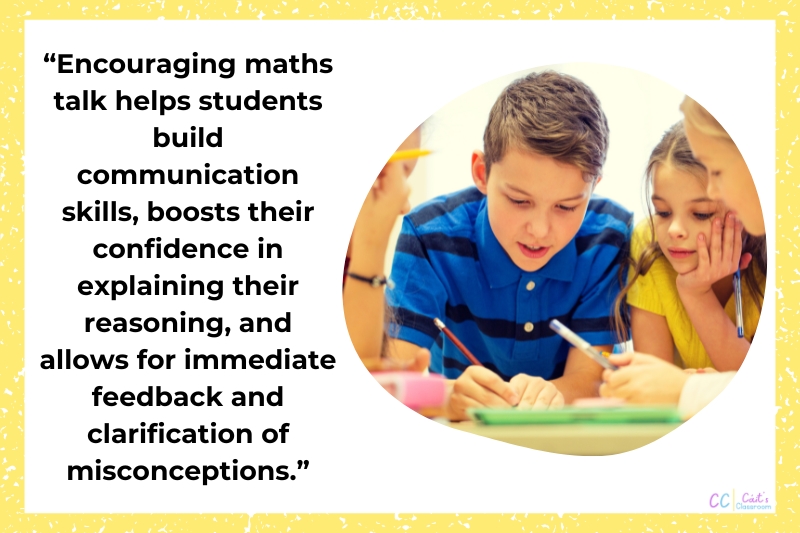
Parallel Tasks for Maths Talk
Parallel tasks are an excellent way to cater to the diverse needs of your students while focusing on the same mathematical concept. These tasks involve sets of related problems that vary in difficulty but revolve around the same big idea. This approach to maths talk allows all students to engage with and discuss the same topic at their own individual level, fostering a sense of inclusivity and achievement.
In my experience, parallel tasks have been particularly effective in mixed-ability classrooms. For example, when working on fractions, I might provide a simpler problem in my morning routine for those who need more practise and a more complex challenge for advanced students. This not only keeps all students engaged but also encourages them to discuss their varying strategies and solutions with each other, promoting a collaborative learning environment. I usually set three parallel tasks each morning and encourage students to complete as many as they feel comfortable with before discussing their thoughts and ideas around how to solve each problem.
By integrating parallel tasks into your morning routine, you can ensure that every student starts their day with a sense of accomplishment and a boost in confidence as they capably discuss their approach to solving differentiated problems on the same topic.
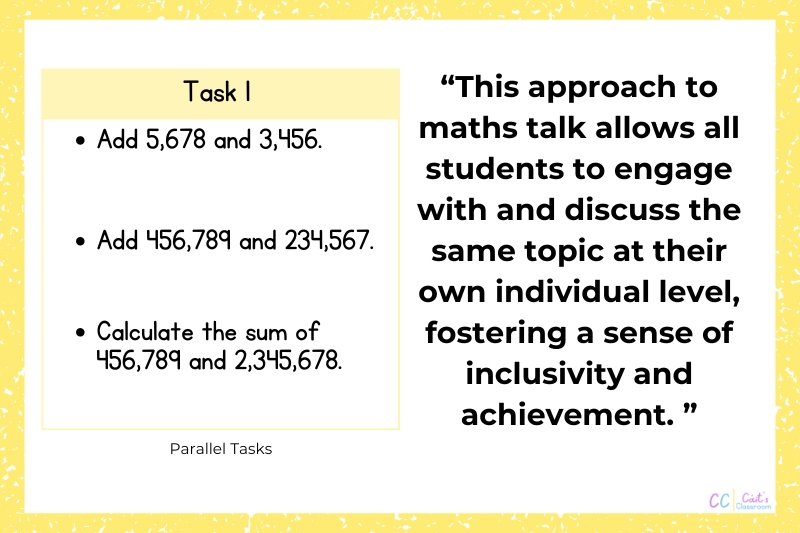
Maths Talk with Headline Stories
Headline stories are short, intriguing prompts that encourage students to apply their maths skills to real-world scenarios from various angles. The best thing about headline stories is their open-ended nature—they provide just enough information to get students thinking (and talking!) but leave plenty of room for different interpretations and approaches.
For example, imagine starting the day with a headline story like, “A local bakery sold 120 cupcakes in three hours.” This prompt isn’t just about finding a single correct answer. Instead, it invites students to think of as many maths questions as possible related to the statement. They might ask, “How many cupcakes were sold per hour?” or “If the bakery had sold 10 more cupcakes, what would the total be?” or even “What if the sales were evenly spread over a different number of hours?” The possibilities for maths talk here are endless!
This approach encourages students to apply their maths skills in a practical context, enhancing their critical thinking and problem-solving abilities as they discuss the various questions they have come up with. It’s a great way to get them discussing and exploring different strategies, which helps build a deeper understanding of mathematical concepts. Plus, it makes maths feel more relevant and fun by connecting it to real-life situations they can relate to. I like to add one headline story to my morning maths routine and see how many questions my students can come up with.
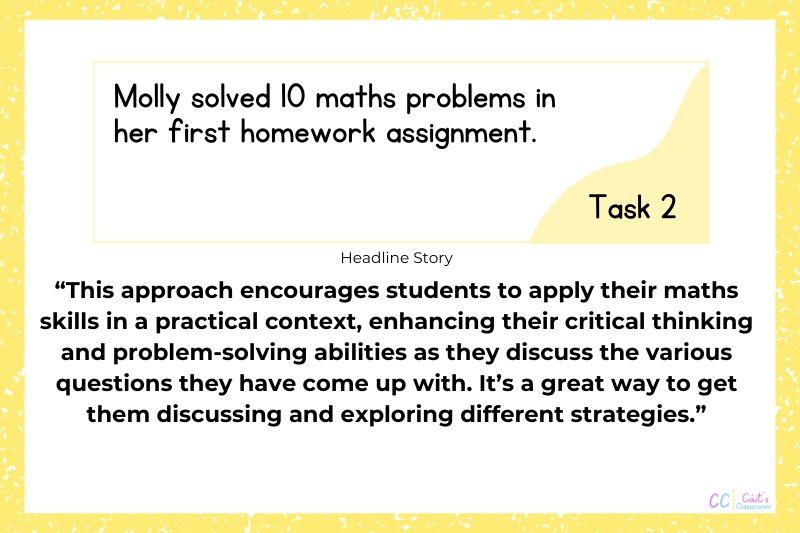
Open-Ended Tasks and Maths Talk
The last type of question I include in my maths morning routine is an open-ended task. Open-ended tasks are activities that have multiple correct answers and various ways to solve them. These tasks encourage students to think creatively and explore different problem-solving strategies, making maths more dynamic and personalised. By incorporating open-ended tasks into your morning routine, you provide students with the opportunity to approach and share about maths in a way that suits their thinking and learning styles.
For example, you could present an open-ended task like, “Create a budget for a class party with a total of €100. Include costs for food, decorations, and entertainment.” This task allows students to practise multiple maths skills while considering real-world constraints and priorities. The diverse approaches students take to solve the problem can lead to interesting maths talk discussions and insights, enhancing their understanding and appreciation of maths.
Open-ended tasks can transform your morning routine by making maths an exciting and personalised experience for every student. Just like the headline stories, I like to include one of these each morning on my morning maths slides before we launch in to formal maths teaching.
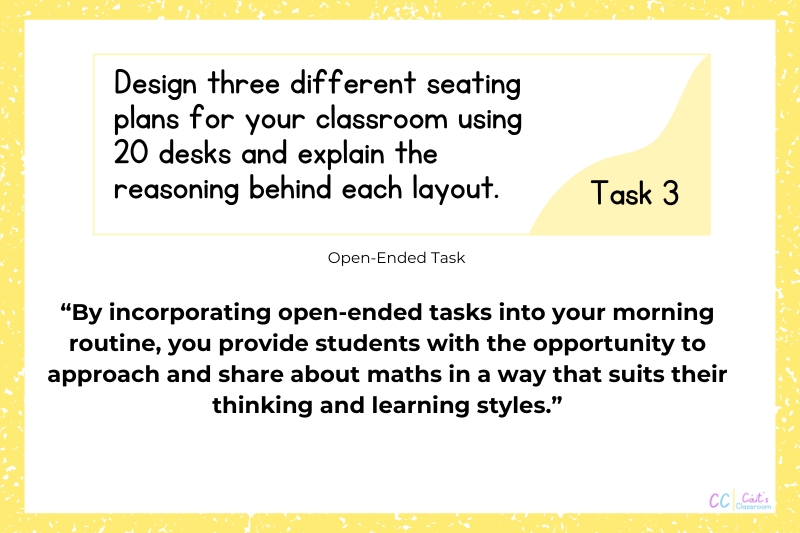
Incorporating these strategies into your morning routine can significantly enhance maths talk in your classroom. By using parallel tasks, headline stories, and open-ended tasks, you can create an engaging and inclusive learning environment that fosters mathematical discussion, critical thinking, creativity, and collaboration. These approaches not only make maths more enjoyable for students but also help them develop essential skills that will serve them well beyond the classroom.
If you’re looking for a ready-to-use resource to streamline your morning maths activities, check out my no-prep, editable maths morning slides. These slides offer daily differentiated practice of micro maths activities, including parallel tasks, open-ended tasks, and headline stories. They are designed to promote critical thinking, creativity, and maths talk, providing a structured yet flexible approach to morning maths activities.
